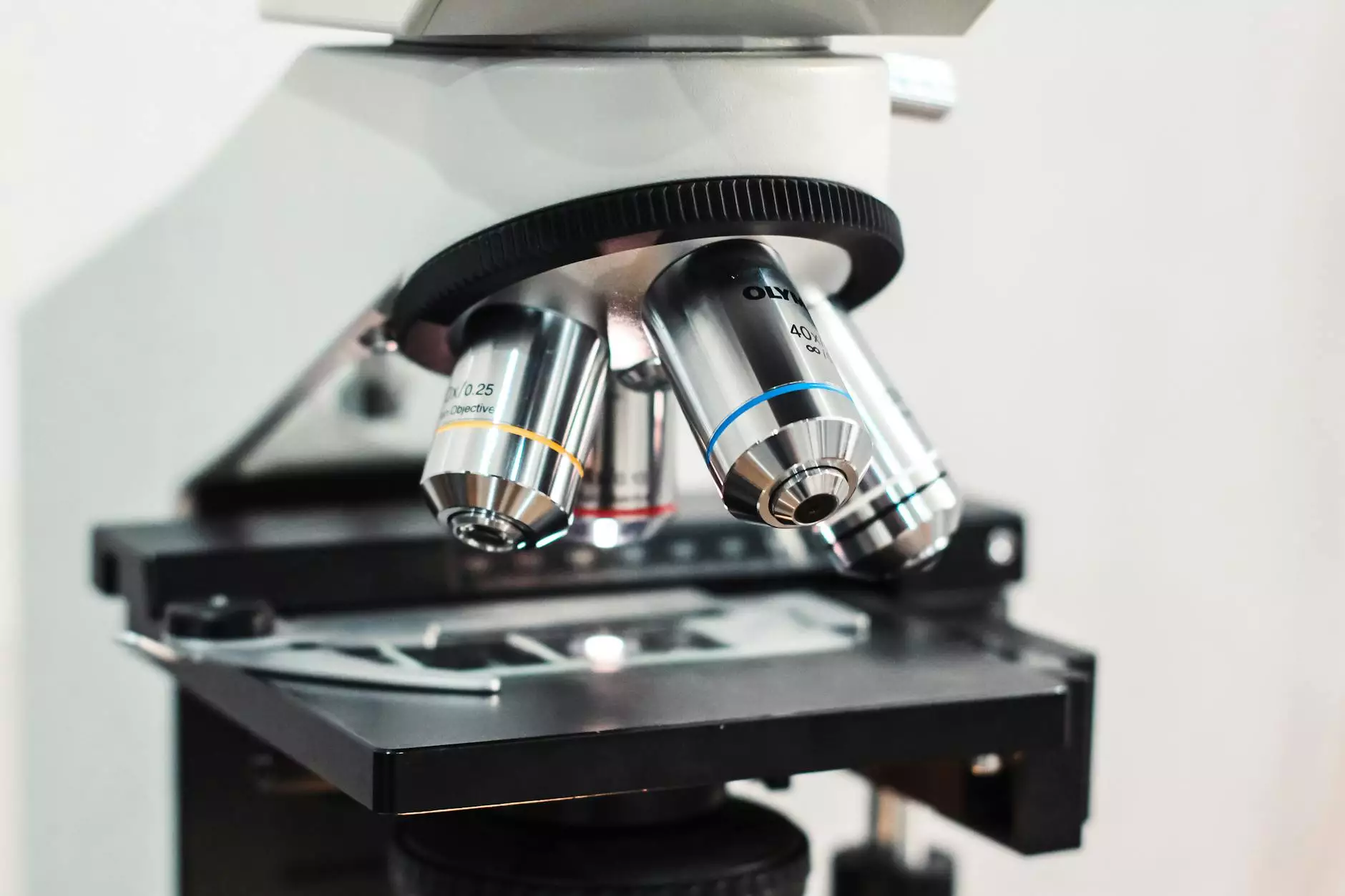The Importance of Mold Prototype in Metal Fabrication

In the ever-evolving world of manufacturing and metal fabrication, innovation plays a crucial role. One of the key innovations in this field is the development of a mold prototype, which serves as an initial model that manufacturers use to assess the feasibility and design efficiency before full production begins. This article explores the significance of mold prototypes in the metal fabrication industry, detailing their benefits, processes, and how they can revolutionize production strategies.
What is a Mold Prototype?
A mold prototype is essentially a preliminary version of a mold, crafted to test and verify the design, functionality, and overall efficiency of a production process. In the context of metal fabrication, these prototypes can be used to form various metal parts and products. They are invaluable in ensuring that the final product meets all specifications and performance criteria.
Benefits of Using a Mold Prototype
Utilizing a mold prototype can yield several benefits, including:
- Enhanced Accuracy: Prototypes help in identifying any potential design issues early in the production process, allowing for adjustments to be made before committing to final production.
- Cost-Efficiency: Early detection of design flaws can lead to significant savings in terms of material waste and labor costs.
- Improved Design Validity: Engineers and designers can evaluate the functionality of their concepts through physical prototypes, ensuring they work as intended.
- Faster Time-to-Market: By testing prototypes, companies can accelerate the development process, enabling faster delivery of products to the market.
- Streamlined Communication: Prototypes provide a tangible reference point for team members and stakeholders, enhancing discussions and collaborative efforts.
The Role of Mold Prototypes in the Metal Fabrication Process
In metal fabrication, the creation of a mold prototype typically follows several steps:
- Design Phase: The design process begins with CAD (Computer-Aided Design) modeling, where the specifications and dimensions of the mold are created.
- Prototype Development: Utilizing advanced manufacturing techniques like 3D printing or CNC machining, a physical prototype is produced based on the CAD model.
- Testing and Analysis: The prototype undergoes rigorous testing to assess its durability, functionality, and overall performance.
- Revisions: Feedback from testing is used to make necessary adjustments to the design to optimize the mold.
- Final Production: Once testing is complete and the design is approved, the final mold is manufactured and prepared for mass production.
Types of Mold Prototypes
There are several types of mold prototypes that manufacturers may use, each catering to different needs and production processes:
- Rapid Prototypes: Quickly produced models, usually for testing design concepts and functionalities.
- Functional Prototypes: Prototypes that are manufactured to test the product’s functionality rather than just its appearance.
- Visual Prototypes: These are primarily for aesthetic purposes, meant to visualize the design before actual manufacturing.
- Production Prototypes: A near-final version that closely resembles the final product, often used for final adjustments and testing before the full manufacturing run.
Case Studies: Successful Mold Prototype Implementation
To illustrate the impact of mold prototypes in the metal fabrication industry, consider the following case studies:
Case Study 1: Automotive Component Manufacturer
An automotive component manufacturer faced challenges with the design of a critical engine part. By developing an initial mold prototype, the team identified multiple areas for improvement related to airflow and structural integrity. Adjustments were made to the prototype which ultimately reduced production costs by 20% and improved performance metrics significantly.
Case Study 2: Aerospace Industry
In the aerospace sector, where precision is paramount, one company utilized a mold prototype to produce intricate components for flight instruments. The prototype allowed engineers to encounter and resolve several unexpected issues during the early design phase, thus enhancing the safety and reliability of the final products.
Transforming the Future of Metal Fabrication
The continuous advancement in technology, such as automation, and AI-driven design tools, is transforming how mold prototype processes are executed. The ability to create digital twins and conduct simulations means that designers can preemptively identify issues before even modifying a physical model.
Challenges in Implementing Mold Prototypes
While the benefits are substantial, challenges also exist in effectively implementing mold prototypes:
- Time Constraints: The prototype development phase can be time-consuming, potentially impacting production schedules if not carefully managed.
- Material Limitations: Depending on the fabrication methods, the materials used for prototypes may not always accurately represent those of the final product.
- Skill Requirements: Adequate technical expertise is required to design, produce, and test prototypes effectively, which can pose a challenge for some businesses.
Conclusion
In conclusion, the role of mold prototypes in the metal fabrication industry cannot be understated. As a crucial tool for design validation, cost savings, and efficient production processes, these prototypes pave the way for innovation and excellence. Companies like DeepMould.net exemplify the integration of mold prototypes in their manufacturing processes, ensuring quality and reliability in every product.
Adopting mold prototypes not only fosters greater collaboration among team members but also enhances communication with stakeholders, ultimately leading to superior end products. As technology continues to evolve, so too will the capabilities and processes surrounding mold prototypes, promising a future where precision engineering meets robust production capabilities.






